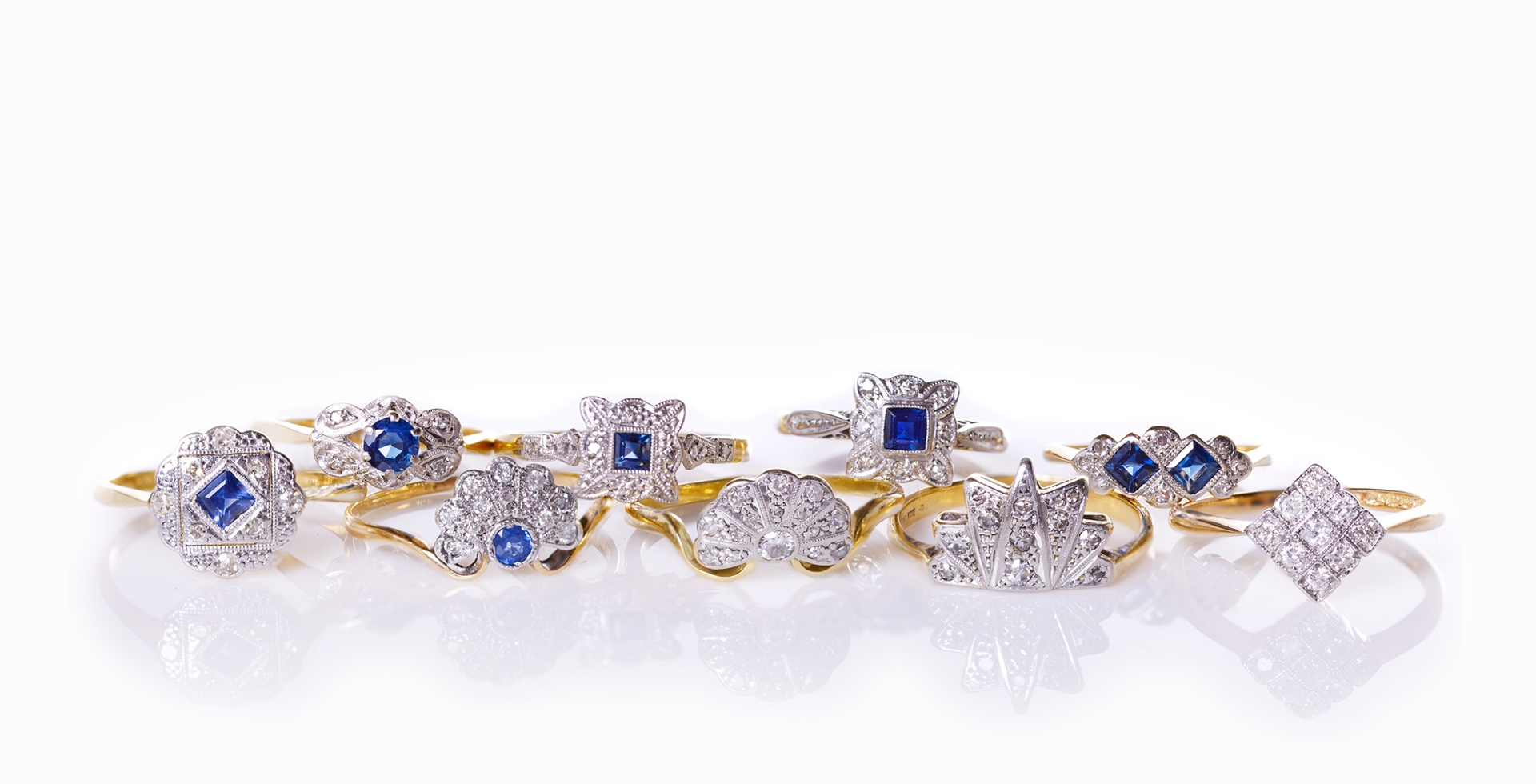Unveiling the Timeless Splendor of Antique Jewelry: A Window into History and Craftsmanship
Introduction:
In the ever-evolving landscape of fashion and design, antique jewelry stands as an eternal testament to the enduring allure of beauty and craftsmanship. Each piece, meticulously crafted by skilled artisans of bygone eras, carries with it a rich tapestry of history, culture, and artistry. From the ornate treasures of the Victorian era to the geometric elegance of Art Deco, antique jewelry captivates the imagination, offering a glimpse into the opulent worlds of centuries past.

Exploring the Victorian Era:
The Victorian era, spanning from 1837 to 1901, was characterized by its romanticism and sentimentality, which found expression in the realm of jewelry. Adorned with symbols of love, loyalty, and remembrance, Victorian jewelry often featured intricate designs and sentimental motifs. Lockets containing miniature portraits or locks of hair served as cherished keepsakes, while mourning jewelry, crafted from black enamel and adorned with pearls or jet, provided solace in times of loss. Serpent motifs, symbolizing eternal love, were also prevalent during this period, reflecting Queen Victoria’s enduring affection for Prince Albert.
Embarking on the Art Nouveau Journey:
As the 19th century gave way to the 20th, the Art Nouveau movement emerged as a radical departure from the rigid conventions of Victorian design. Inspired by the sinuous forms of nature and the allure of the exotic, Art Nouveau jewelry embraced fluid lines, organic motifs, and a sense of otherworldly beauty. Artists such as Antique jewellery René Lalique and Georges Fouquet pioneered this artistic revolution, creating pieces adorned with delicate enamels, iridescent gemstones, and imaginative depictions of flora and fauna. Each jewel became a miniature work of art, blurring the boundaries between jewelry and sculpture.
Embracing the Glamour of Art Deco:
The Jazz Age of the 1920s and 1930s brought with it a newfound sense of modernity and glamour, embodied in the bold geometric designs of Art Deco jewelry. Characterized by symmetrical patterns, vibrant colors, and a fascination with technology and exotic cultures, Art Deco pieces exuded a sense of sophistication and elegance. Platinum became the metal of choice, allowing artisans to create intricate settings that showcased the brilliance of diamonds, emeralds, sapphires, and rubies. From sleek cocktail rings to dazzling chandelier earrings, Art Deco jewelry captured the spirit of an era defined by opulence and optimism.
Exploring Beyond:
Beyond these iconic periods lie a wealth of styles and influences, each reflecting the cultural milieu of its time. Edwardian jewelry, with its delicate lace-like motifs and garlands of pearls, evokes the elegance and refinement of the early 20th century. Georgian jewelry, characterized by its grandeur and opulence, harks back to the extravagant tastes of the 18th century aristocracy. Retro jewelry from the mid-20th century pays homage to Hollywood’s golden age, with bold designs and colorful gemstones inspired by the glamour of the silver screen.
Conclusion:
In a world driven by fleeting trends and ephemeral fashions, antique jewelry stands as a beacon of timeless elegance and enduring beauty. Each piece is a testament to the skill and creativity of the artisans who crafted it, as well as a window into the rich tapestry of history and culture that defines our collective heritage. Whether passed down as cherished heirlooms or discovered anew in the hidden corners of antique shops, these exquisite treasures continue to captivate and inspire, reminding us of the eternal allure of craftsmanship and beauty.…